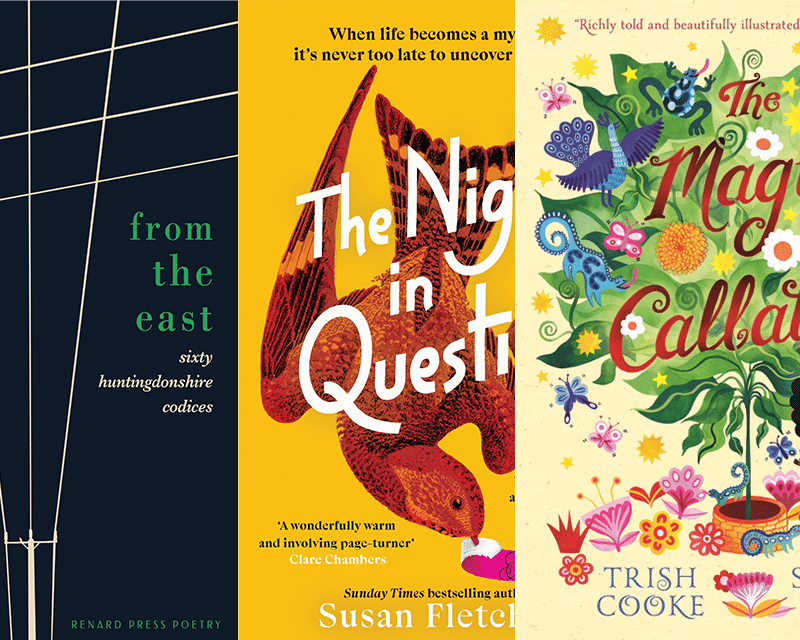- Collected
- Article
Walking on Bones
Mexican writers no longer picture the triumph of good over evil

- 2 March, 2015
- Nick Caistor
Vicente Leñero, a well-known Mexican journalist and novelist, died at the beginning of December. I was at the Guadalajara Book Fair at the time, and during the various homages to him I remembered that he once wrote for a Mexican magazine about why it was so hard for Mexican authors to write traditional detective thrillers. On the one hand, he said, private detectives were only bothered about divorce cases or insurance fraud. On the other, he pointed out that ‘in Mexico, crimes don’t get solved. It is only in rare, exceptional cases that crimes are really cleared up. What is a common, everyday occurrence is that the crime goes unpunished, the file is left open forever, the matter is never investigated or resolved. To write thrillers in which a good, incorruptible private eye unravels a criminal act is more like writing science fiction than a thriller in Mexico today.’
Even Vicente though would have been shocked by the latest involvement of Mexican police in violence and murder. At the end of September, 2014, 43 students from a teachers’ training school at Ayotzinapa in the southern state of Guerrero (which includes the famous resort of Acapulco) were apprehended by members of the local police force in the town of Iguala. The students, from poor mestizo backgrounds who wanted to become rural primary school teachers, had commandeered a bus that they were hoping to drive to Mexico City, several hundred kilometres away, in order to join in the commemoration of the massacre of several hundred students in Tlatelolco Square just ahead of the 1968 Olympic Games. This ‘bus-jacking’ is quite common in Mexico and regarded as a minor misdemeanour that the transport companies reluctantly accept.
On this occasion, however, it appears that the mayor of Iguala ordered the police to intercept the bus and make sure the students did not get into town. This followed disturbances in Iguala that had already led to the death of six people. The mayor apparently wanted no more trouble, as his wife was giving a political speech that evening. But then, whether on orders from the mayor or on their own initiative, the local police are said to have handed over the bus-full of students to members of the local drugs gang, the Guerreros Unidos (one of whose leaders is said to be the brother of the Iguala mayor’s wife). The gang apparently shot all 43 students, burnt their bodies until almost nothing was left, then threw the remains in rubbish sacks on a nearby tip.
The situation was made even worse when, in the search for the students’ bodies, many more mass graves were discovered in the surrounding area, containing several hundred unidentified bodies. The affair became a huge political scandal when at first the president, Enrique Peña Nieto, appeared to downplay the importance of the killings, and later, when it became obvious that the authorities had either no knowledge of what had happened or were complicit in the crime.
This scandal was at its height when the Guadalajara Book Fair opened. This is the biggest meeting place for authors, publishers and agents in Latin America, and is visited by some 750,000 people. On the first full day of the fair, the road outside was lined by a couple of hundred police and members of the security forces in full combat gear, as writers and students led a march of protest against the Iguala killings. ‘What kind of a democracy is this?’ a writer friend protested when we were searched as we tried to cross police lines to get inside the vast exhibition area.
The protests continued all week. Inside the halls, flash mobs would start the call ‘1…2…3…’ and collapse on the floor until there were 43 ‘dead bodies’. Most of the authors presenting their books paid homage to the dead students and called for more decisive action from the authorities. The poet David Huerta produced a broadsheet that began:
Mordemos la sombra
Y en la sombra
Aparecen los muertos
Como luces y frutos
Como vasos de sangre
Como piedras de abismo
Como ramas y frondas
De dulces visceras
(We bite the shadow
And in the shadow
Appear the dead
Like lights and fruits
Like glasses of blood
Like stones from the abyss
Like branches and fronds
Of sweet entrails)
His poem was read out at the fair by authors such as the renowned 82 year-old Elena Poniatowska, who has captured the voices of many different layers of Mexican society since coming to prominence for her works protesting at the 1968 student massacre, as well as at the government’s lack of reaction to the devastating 1985 earthquake in Mexico City. But even she feels that the Mexico of today has become a country where human life has lost almost any value. ‘We’re walking on bones, we’re sleeping on bones’, she lamented, while insisting that writers keep documenting the reality around them as best they can.
And despite Vicente Leñero’s warning, it is through thrillers that this anguished reality can best be approached. ‘Corruption is like an iceberg,’ wrote Paco Ignacio Taibo II, another well-known Mexican thriller writer, in the Bolvian paper La Razon. ‘It’s very hard for journalists or social scientists to describe the hidden part. They often settle for talking about the visible part, in other words, 10 per cent of reality. But crime novels delve into the entire iceberg.’
Paradoxically, according to Taibo, the members of the drug cartels seem to like being portrayed in this literature. For several years now in Mexico there has been a fashion of narco-corridos or narco-ballads that celebrate the deeds of drugs gangs. Groups such as Los Tigres del Norte have met with huge success thanks to albums such as El jefe de jefes (The Boss of Bosses) that glorify the exploits of the drug-traffickers. Other musical groups have not been so fortunate, and a dozen or more singers have been shot when their lyrics have offended the criminals.
Another target group for killings are Mexico’s journalists. Even if they only uncover 10 per cent of the truth about drug trafficking and the violence and corruption it generates, more than 100 of them have been killed since 2000. Yet only one person has so far been arrested by the police, charged, and sentenced. All the other suspects are still at large.
Perhaps, as the novelist Jorge Volpi has said, in a moving piece written for wordwithoutborders.org, the greatest danger for Mexican writers is that all these killings become a daily routine:
‘Victims appear before us every day, every hour, on television and on the radio, in the press and on social networks. Ubiquitous, indisputable. However, because our mirror neurons don’t get emotionally involved with abstractions, we’ve learned to live with them, as though the dead were perfectly normal company every morning and every night, rather like the weather forecast or the national anthem that brings the broadcast to a close.
‘“There have been twelve executions today,” “seventy-two dead bodies have been discovered in a pit,” or “the number of violent deaths has reached 50,000,” we hear, tirelessly. Then the experts appear – or, worse still, the official spokesmen – to explain to us that, no, there haven’t been 50,000 dead, but 47,500, or 48,221, or 62,124. To which we’d have to add the 18,000 who have disappeared, according to the statistics coming from several NGOs. Figures and more figures, which we disregard, indifferent to their meaning. This is the shield we use to protect ourselves: with so many people involved, I’m not going to be the first to act.’
Volpi prefers to set his novels far away from contemporary Mexican reality. At the book fair, he presented his latest: Memorial del engaño (A Study in Deception), set in the United States in the 1930s and 40s. Perhaps this distancing is the only way he can cope with the reality around him. Other writers, such as Élmer Mendoza, have taken up Leñero’s challenge and do write directly about the violence. At the start of one of his recent novels, Balas de plata (Silver Bullets), he writes: ‘the modernity of a Mexican city can be measured by the number of bullets flying through its streets.’ He has also warned that: ‘There are no good guys and bad guys. If you’re Manichean you’re making a mistake. Also if you create heroes. Everyone is a bad guy,’ is his sad conclusion.
This takes us back to Vicente Leñero, who ends his advice to young Mexican thriller writers as follows: ‘Don’t make good triumph over evil. In real life – the one every writer knows, the one every Mexican suffers – it is almost always evil that triumphs. Don’t try to punish the guilty, or to catch the guilty, or condemn the criminals…let the story find its own ending, even if that paints a sad picture of the protagonist, the good guys, even the writer himself. We don’t write to make people happy but to pass on and share with them a tiny part of what we think life is like’.
You might also like:
No facts, only versions
Memoirs are as much about what is excluded as what is included. This edition examines how you can evoke the…
RLF Fellows’ News: April 2024
Publishing News RLF Fellow Trish Cooke’s new children’s book, The Magic Callaloo, is set to be published by Walker Books…
Susan Fletcher on outsiders in fiction – literal and imagined
I’ve always known that I’ve preferred to be outside. To be an outsider – literally, and, specifically, amongst wild places…


